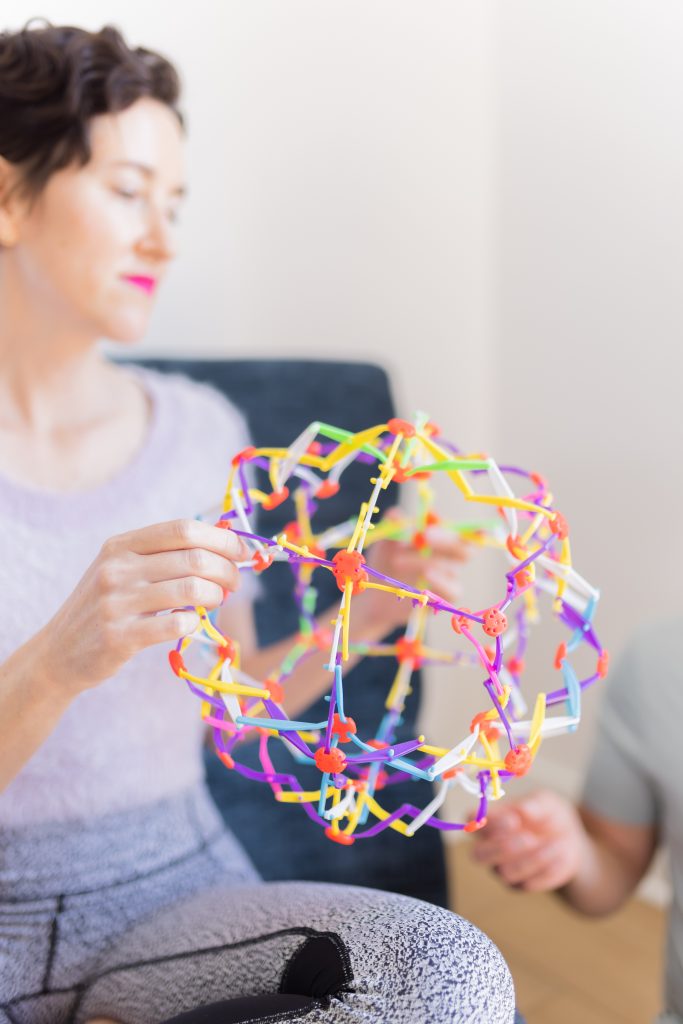
As scientific research continues to highlight the benefits of yoga for young people, more schools are incorporating a yoga lesson plan into their classrooms. According to Harvard Health, 1.7 million American children did yoga in 2012, marking a sharp rise over the 400,000 reported just five years earlier.
Some schools are introducing yoga during transition times by having students take short yoga breaks involving a few poses or breathing exercises. It is an approach that is particularly useful at the beginning of the school day, before a test, or after recess or lunch. A yoga lesson plan are helping educators bring this beneficial and rewarding practice into their classrooms, and students and teachers alike are responding positively.
Here is a look at some of the greatest benefits of adding a yoga lesson plan into the classroom.
Yoga Gives Students a Healthy Way of Expressing Emotions
One of the most immediate and clear benefits of yoga is that it gives students the ability to develop self-regulation skills, allowing them to monitor and adapt their emotions, behavior and attention in response to the environment, feedback from other people and internal cues.
A study of high school students showed that 40 minutes of yoga three times a week for a 16-week period led to significant improvements in their ability to regulate their emotions compared to students who participated in a standard P.E. class.
Yoga’s focus on mind-body awareness means that students gain a better understanding of the connection between their physical well-being and their mental state, allowing them to find healthy ways of coping with negative emotions and stress.
Yoga Eases Anxiety and Stress for Greater Relaxation and a Peaceful State of Mind
School can be a stress-filled time, and many students are coming from a stressful home environment as well. Students experience a gamut of emotions during their school years ranging from minor stressors like test anxiety to living through abuse or poverty.
Several studies have shown how yoga can reduce stress in students. For example, one study showed that fourth and fifth graders who attended a mindful yoga program four days a week for 45 minutes had a significant reduction in problematic responses to stress, such as strong, intrusive emotions and repetitive negative thoughts. Another study showed that just half an hour per week of yoga significantly reduced the stress hormone cortisol in second graders.
Yoga Improves Students’ Focus and Energy in Ways That Translate to Academic Performance
Most schools across the country consider academic performance to be their primary criteria for measuring students’ success. This means that students who struggle to earn good grades can feel disengaged and may even drop out. However, research indicates that yoga can improve students’ memory and attention while reducing academic stress.
In a study that randomly assigned high school students to participate in physical education or yoga twice a week for 45 minutes, the students who were in the yoga group had a significantly higher grade point average at the end of the school year than those who took P.E. A different study reached a similar conclusion, and the authors attributed yoga’s academic performance improvements to its ability to enhance self-regulation, thereby mitigating stress and increasing attention and learning.
Some research suggests that school-based yoga can improve students’ academic achievement and cognitive performance. Moreover, because yoga involves holding certain poses and participating in mindfulness activities, students learn how to improve their ability to focus, which is particularly valuable for students with ADHD.
Yoga can Improve Community within the Classroom
Although there is no question that yoga in school benefits students on an individual level, it is also worth noting that it has a positive impact on the classroom climate. Yoga is also good for teachers’ well-being. It allows students and teachers to connect in a different way than traditional classroom instruction provides, and it helps bring everyone to a more relaxed state that fosters communication and openness.
Yoga Encourages Gross Motor Development and Improves Overall Health
Yoga has many benefits for gross motor development and the body overall. It allows children to develop a strong and flexible body while increasing balance, coordination and posture. It also helps them to develop core strength and promotes vestibular and neuromuscular development. In addition, it can improve digestion, sleep and immunity.
Yoga Boosts Self-Confidence and Allows Children to Reflect
Yoga gives students the opportunity for reflection, insight and patience, all of which can help to reduce impulsivity and reactivity. It also helps children to see the beauty within themselves, allowing them to feel stronger and more comfortable about their bodies and giving their self-confidence a boost.
Reach Out To The Professional Yoga Teacher Trainers For More Yoga Lesson Plans
If you want to bring the benefits of yoga to your school or classroom, check out our kids yoga certification program. They offer self-paced online learning that allows individuals from all over the world to become certified yoga teachers.



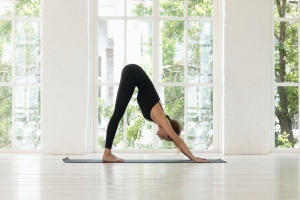 Woman do yoga Downward Facing Dog pose inside of light cozy room through window seen green foliage trees summer landscape morning sun, adho mukha svanasana stronger hands strengthening back exercise[/caption]These postures are also foundational to a more comprehensive āsana practice and worth the extra attention. Practice them often to help counteract the toll sitting takes on your body. And remember to breathe deeply in each shape.
Woman do yoga Downward Facing Dog pose inside of light cozy room through window seen green foliage trees summer landscape morning sun, adho mukha svanasana stronger hands strengthening back exercise[/caption]These postures are also foundational to a more comprehensive āsana practice and worth the extra attention. Practice them often to help counteract the toll sitting takes on your body. And remember to breathe deeply in each shape. This wide-legged, deep squat stretches the lower back and strengthens the legs. This āsana also opens the hips and exercises the muscles of the ankles and feet. It’s all together a very helpful pose for soothing tension in the lower back and improving posture, which can get thrown off from long hours of desk work.
This wide-legged, deep squat stretches the lower back and strengthens the legs. This āsana also opens the hips and exercises the muscles of the ankles and feet. It’s all together a very helpful pose for soothing tension in the lower back and improving posture, which can get thrown off from long hours of desk work.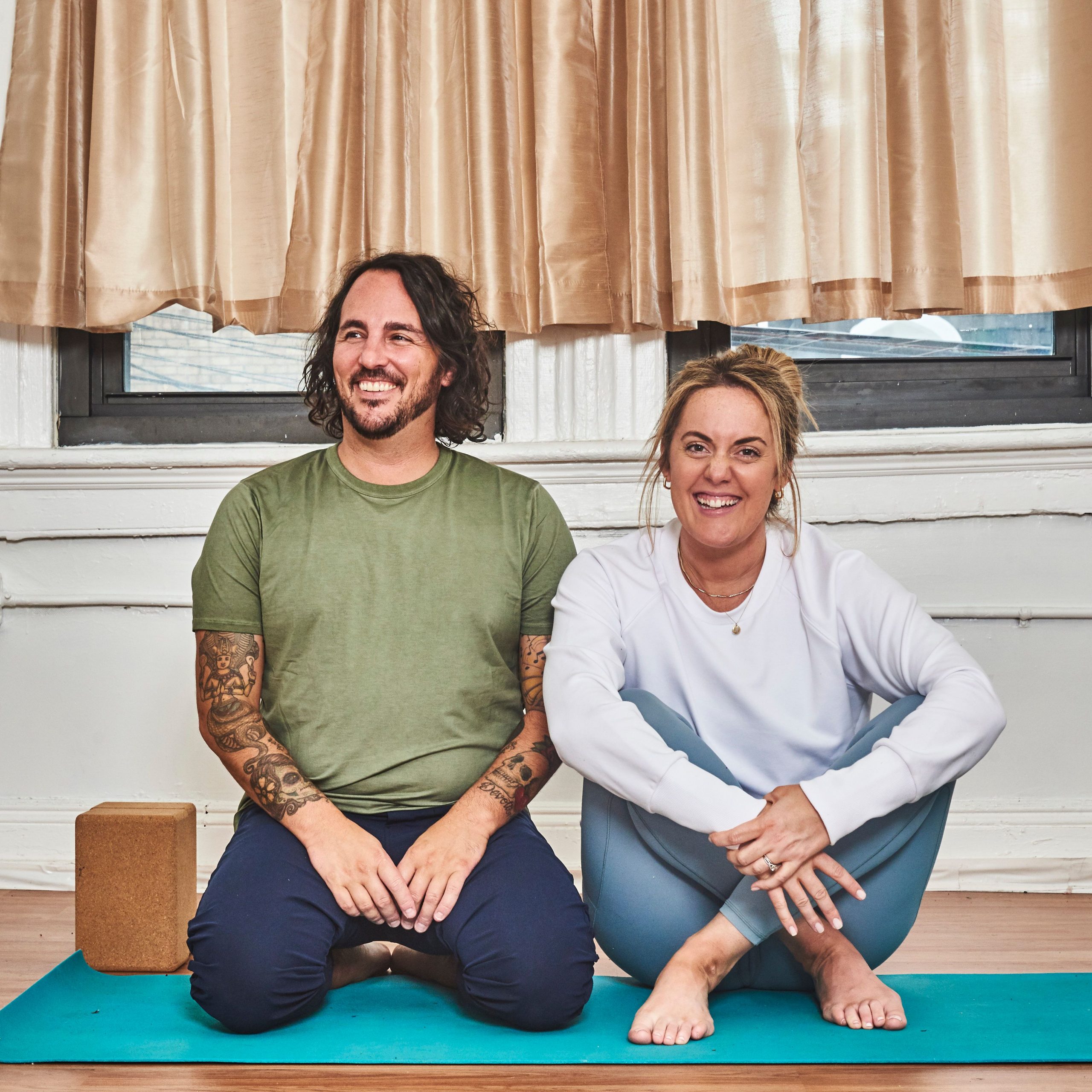
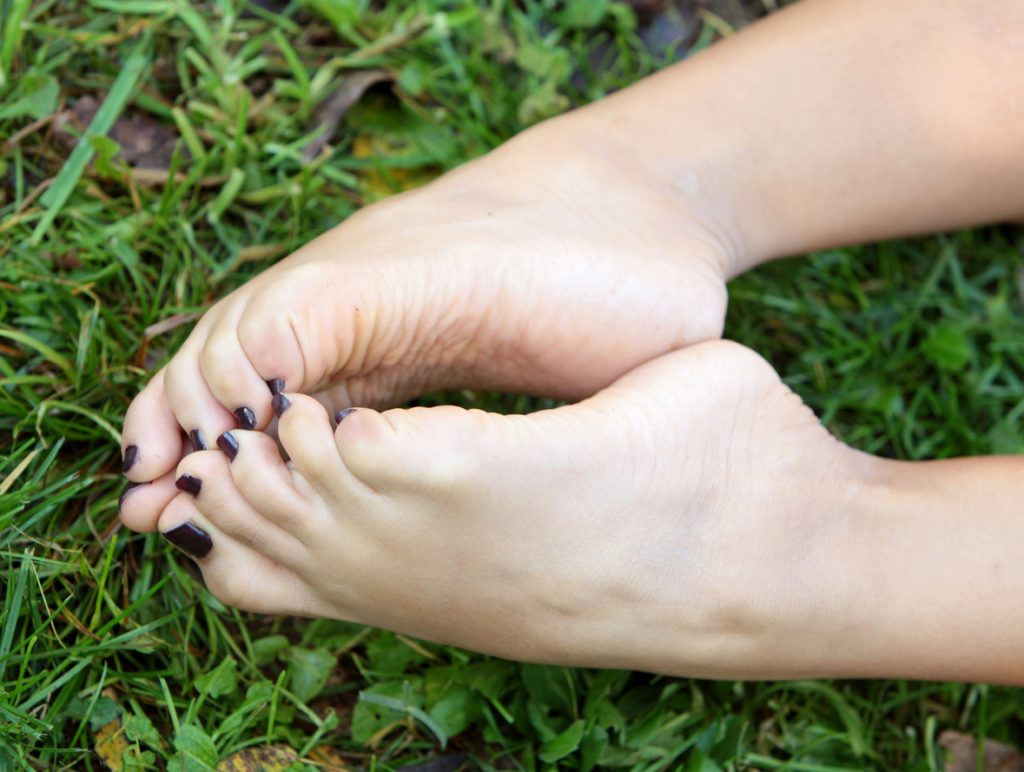
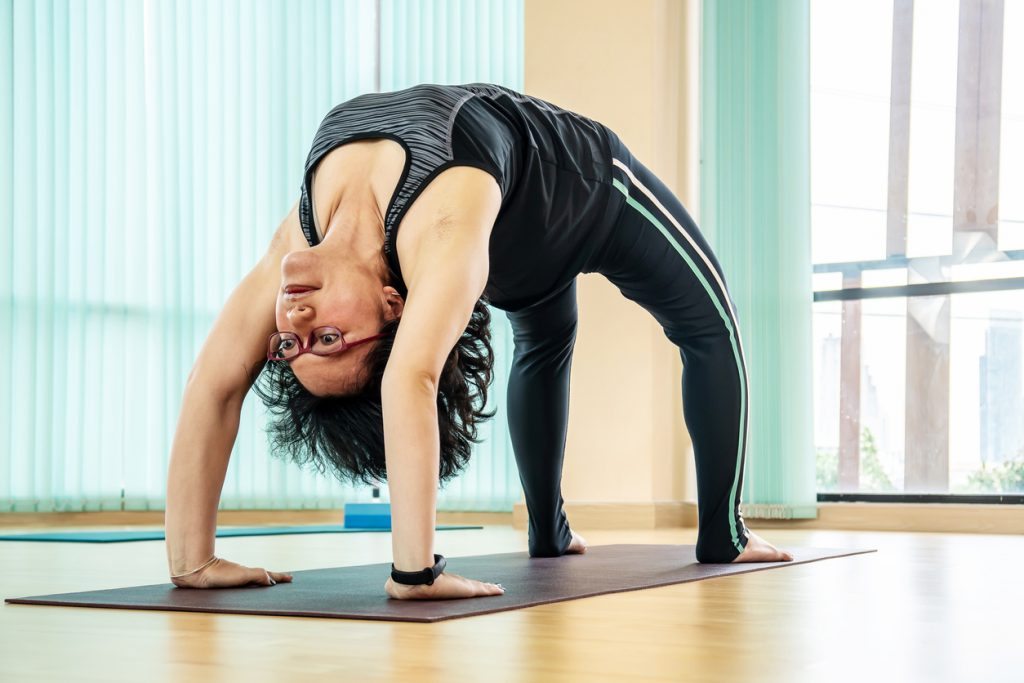
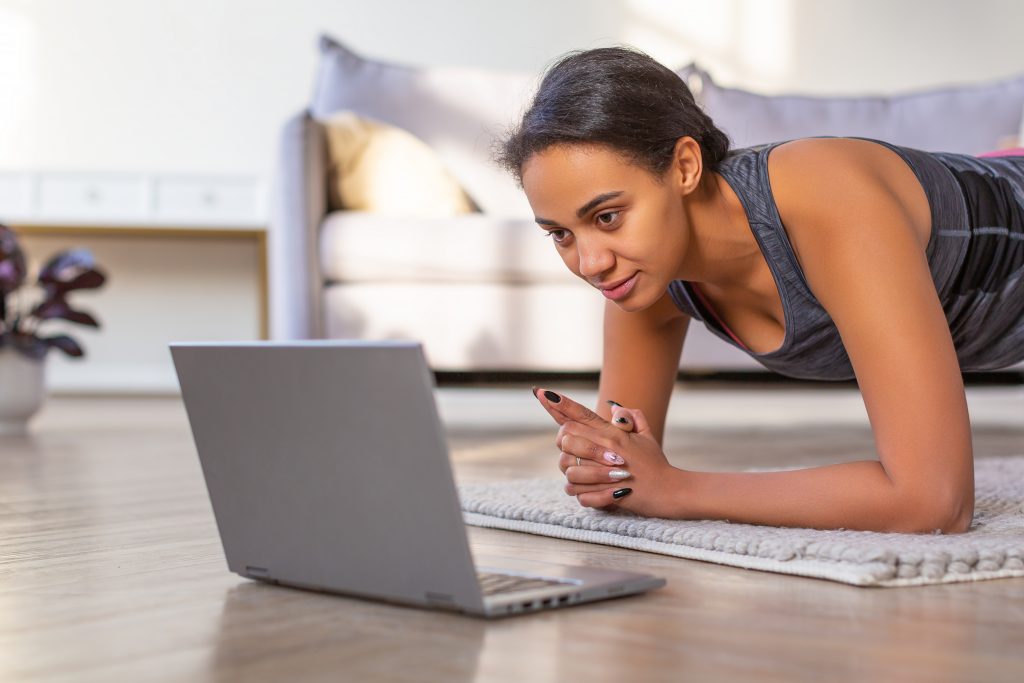
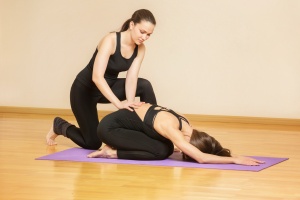 By no means are the postures insignificant; Iyengar asserted that, for the average person, practicing āsana and prāṇāyāma are the two most effective disciplines for quieting the mind. But, in reality, the postures are only a piece of a much bigger process of self-discovery and transformation. Teaching āsana is not the only way to share yoga.
By no means are the postures insignificant; Iyengar asserted that, for the average person, practicing āsana and prāṇāyāma are the two most effective disciplines for quieting the mind. But, in reality, the postures are only a piece of a much bigger process of self-discovery and transformation. Teaching āsana is not the only way to share yoga. Being a
Being a 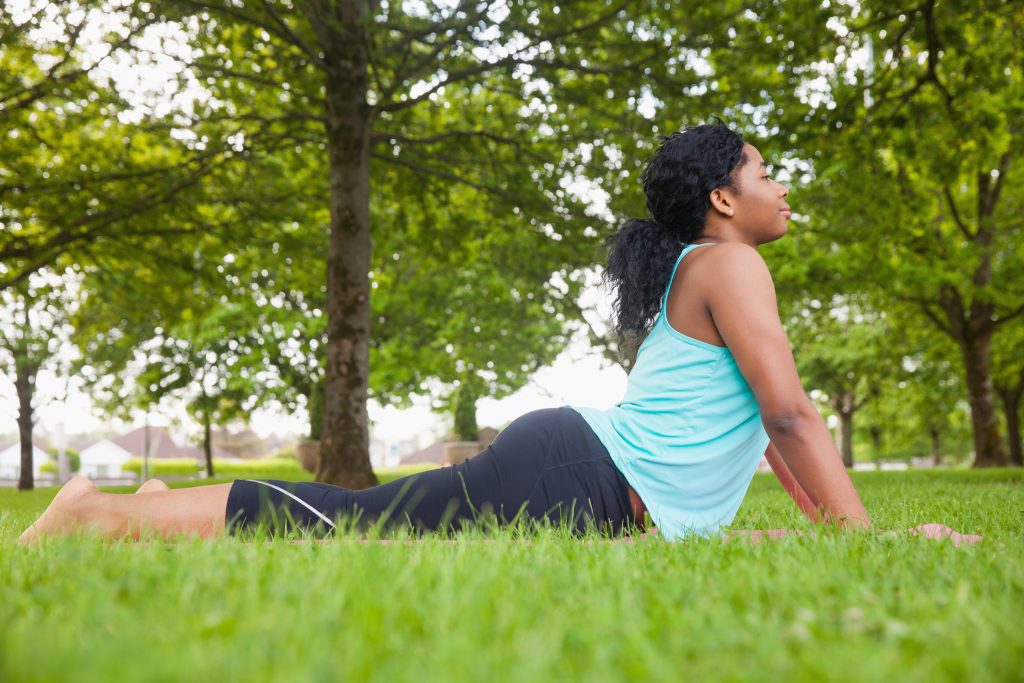
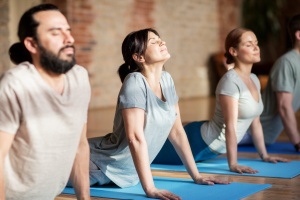 Vinyasa yoga has its roots in Ashtanga yoga; a style of practice developed by K. Pattabhi Jois in the mid-twentieth century, which is considered to be the backbone of modern Western yoga. Ashtanga yoga’s formulated sequence of poses is preformed in a specific order, whereas vinyasa yoga is a freeform practice with limitless variations. Both styles are energetic, dynamic, and steadily paced. The term vinyasa is a linkage of two Sanskrit words: nyasa, meaning “to place”, and vi, “in sacred accord.” To vinyasa, therefore, is to preform poses in accordance to the breath, each transition synchronized with either an inhalation or exhalation.
Vinyasa yoga has its roots in Ashtanga yoga; a style of practice developed by K. Pattabhi Jois in the mid-twentieth century, which is considered to be the backbone of modern Western yoga. Ashtanga yoga’s formulated sequence of poses is preformed in a specific order, whereas vinyasa yoga is a freeform practice with limitless variations. Both styles are energetic, dynamic, and steadily paced. The term vinyasa is a linkage of two Sanskrit words: nyasa, meaning “to place”, and vi, “in sacred accord.” To vinyasa, therefore, is to preform poses in accordance to the breath, each transition synchronized with either an inhalation or exhalation. Building from Cobra Pose, Upward Facing Dog
Building from Cobra Pose, Upward Facing Dog 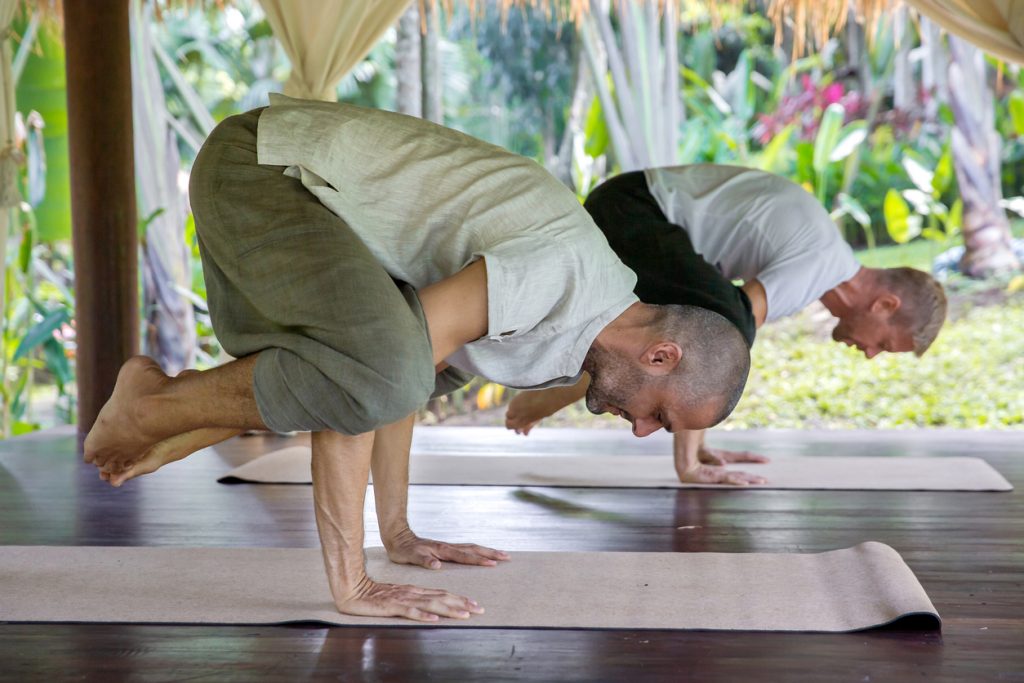
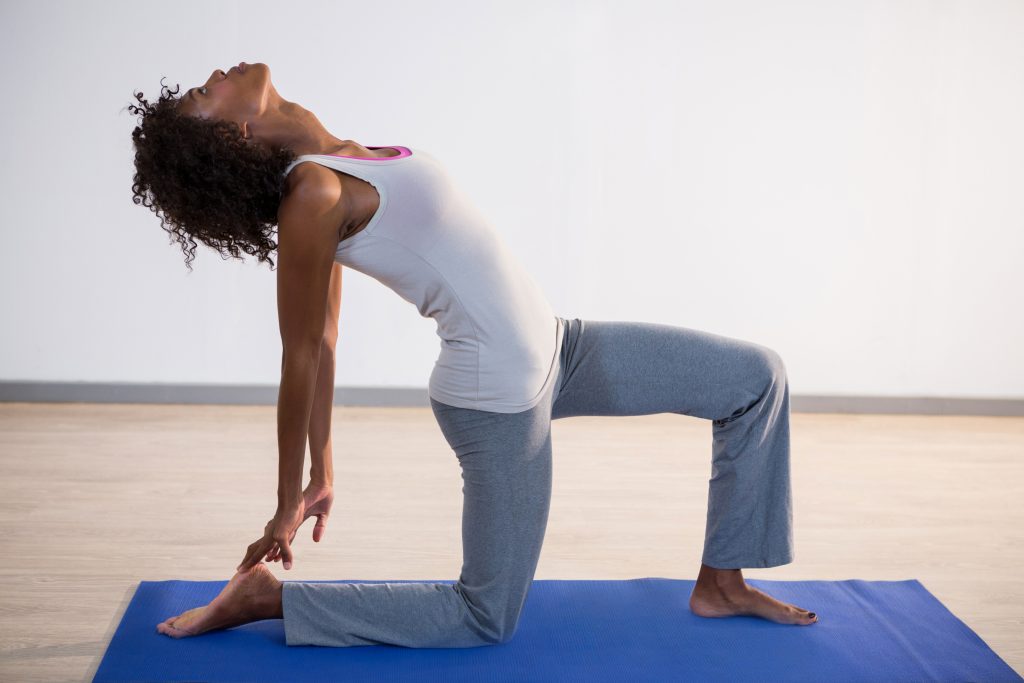
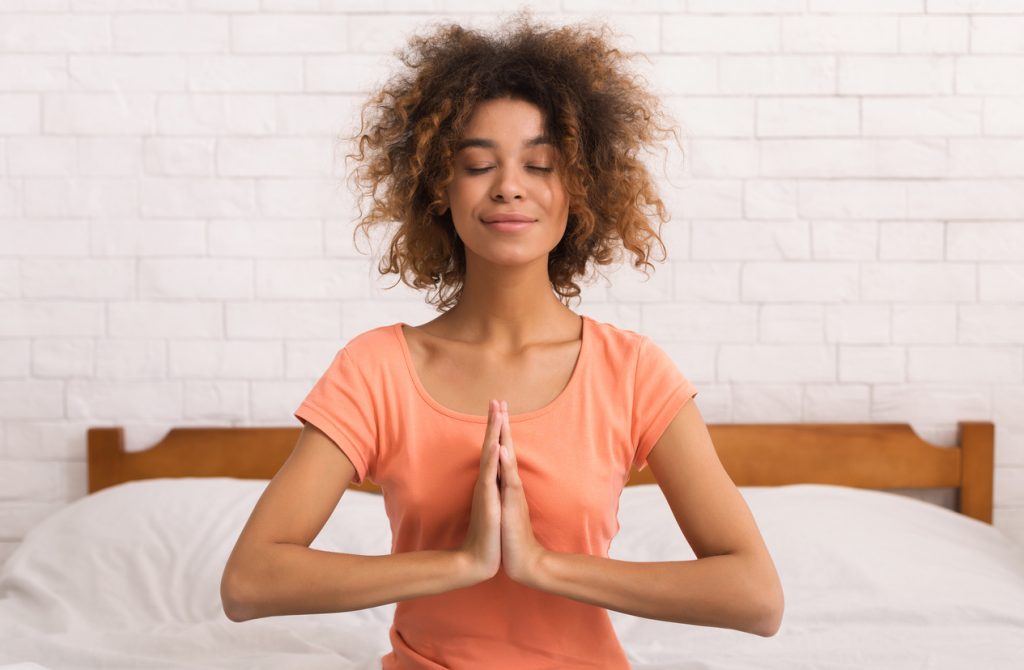
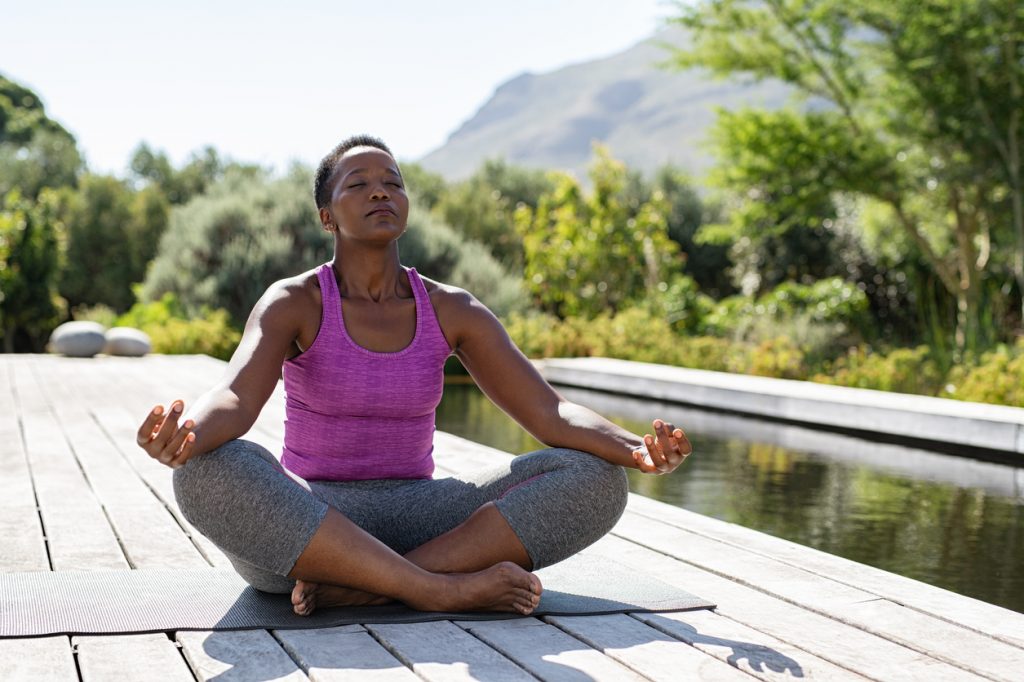
 The yin practice sets us up to tap into a
The yin practice sets us up to tap into a  Our body’s tissues can experience a revival of sorts with a long soak the same way that an old, stiff sponge can. As you hold a yin pose, the slow release that takes you deeper into the pose is the tissues lengthening, hydrating, and becoming more pliable. Many times you even can sense the tissues being stretched, squeezed, twisted, and compressed if you really focus your attention on the physical body. A yin practice has the potential to leave you feeling as though you’ve had a massage.
Our body’s tissues can experience a revival of sorts with a long soak the same way that an old, stiff sponge can. As you hold a yin pose, the slow release that takes you deeper into the pose is the tissues lengthening, hydrating, and becoming more pliable. Many times you even can sense the tissues being stretched, squeezed, twisted, and compressed if you really focus your attention on the physical body. A yin practice has the potential to leave you feeling as though you’ve had a massage.

